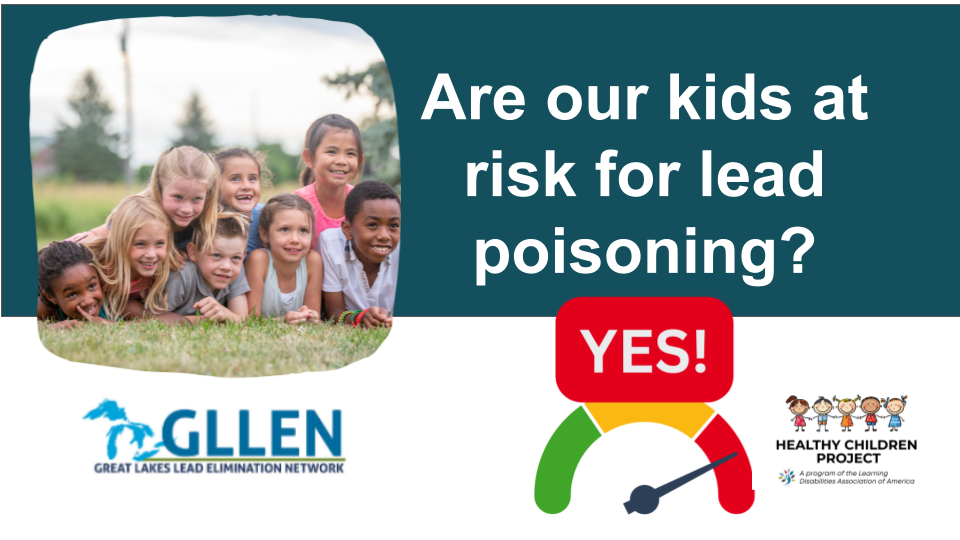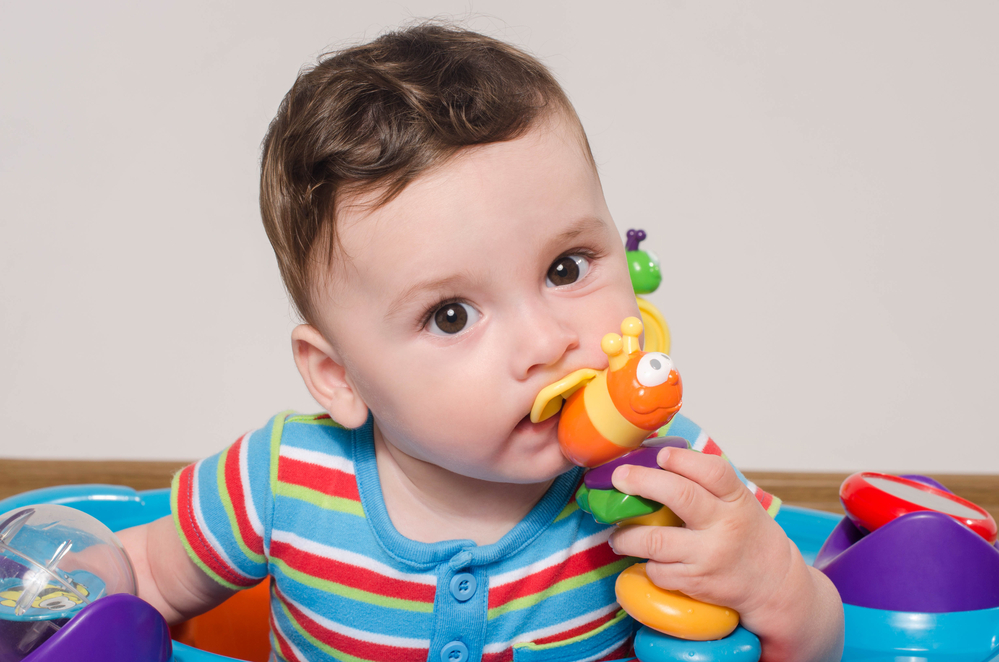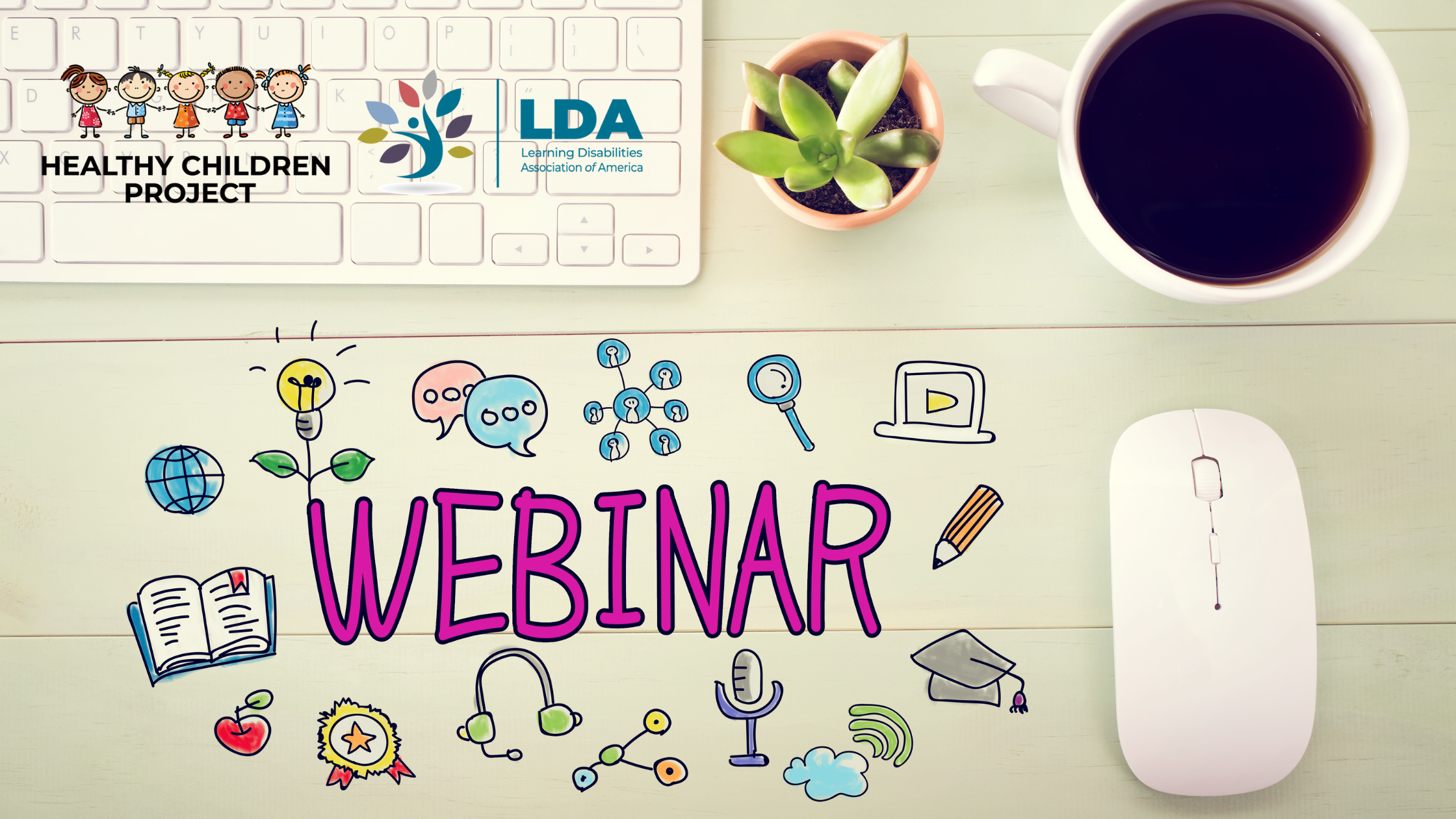When it comes to chemicals, lead has one of the strongest links to neurological harm.
Lead is a potent neurotoxin that can cause learning disabilities, lower IQ, behavior and other permanent cognitive (brain) impacts, even at low levels of exposure.
Key facts on lead:
- There is no safe level of lead for kids or adults.
- Children can be exposed to lead from paint, drinking water, products, soil and even food.
- In kids, lead poisoning is linked to behaviors like ADHD, aggression, hyperactivity and learning challenges like learning disabilities, reduced ability to pay attention, and poor problem-solving skills.
- In adults, lead poisoning is linked to hypertension, hearing loss, osteoporosis, Parkinson’s, kidney damage, reproductive issues, & social & behavioral challenges.
- Children with elevated blood lead levels are 7 times more likely to drop out of school & 4 times more likely to end up in the criminal justice system. The good news is that lead poisoning is 100% preventable.
The American Academy of Pediatrics and other experts say that there is NO safe level of lead for children. APP also states that “schools water fountains in schools do not exceed water lead concentrations of more than 1 part per billion”. The US EPA’s guideline of 15 parts per billion (its lead and copper rule for public drinking water supplies) is not health-protective, it is more of that is considered an attainable limit. The EPA and CDC acknowledge that the goal should be zero. “Because no safe blood level has been identified for young children, all sources of lead exposure for children should be controlled or eliminated. EPA has set the maximum contaminant level goal for lead in drinking water at zero because lead can be harmful to human health even at low exposure levels.”
While lead in paint is still the biggest source of exposure for children, we know that lead can also be found in drinking water, products, and even our food and drinks. See our fact sheets below for information and tips. You can also read about lead and other heavy metals in baby and toddler food.
Resources

Is Your Child at Risk of Lead Poisoning?
Many people know that children can be exposed to lead from paint in older houses, in drinking water, and even in our food. But did

Parents have a right to know: New York Pending Bill Aims to Prevent Childhood Lead Exposure and Close Regulatory Loophole
This Mother’s and Father’s Day let’s help end the 100% preventable childhood toxic lead exposure; Every child deserves a safe, lead-free home By: Kathryn Cappella,

Tips & Strategies for Working with Children Exposed to Lead
We know that exposure to lead has been linked to a variety of learning challenges such as ADHD, aggression, bullying, cognitive challenges, learning disabilities, and

Lead Poisoning: Prevention & Environmental Justice
Many people know that there is no safe level of lead but did you know that lead poisoning is an environmental justice issue? Lead poisoning

Lead Poisoning: Health Impacts & How to Protect Your Family
Webinar presented by LDA, Ecology Center, Parents for Healthy Homes, Dr Nicholas Newman (pediatrician and lead expert) and the Great Lakes Lead Elimination Network. This

Lead Poisoning 101: How to Protect Kids and Adults
Lead can cause learning disabilities, lower IQ, inattention, hyperactivity and aggression. The good news is that lead poisoning is 100% preventable. In this webinar, you


